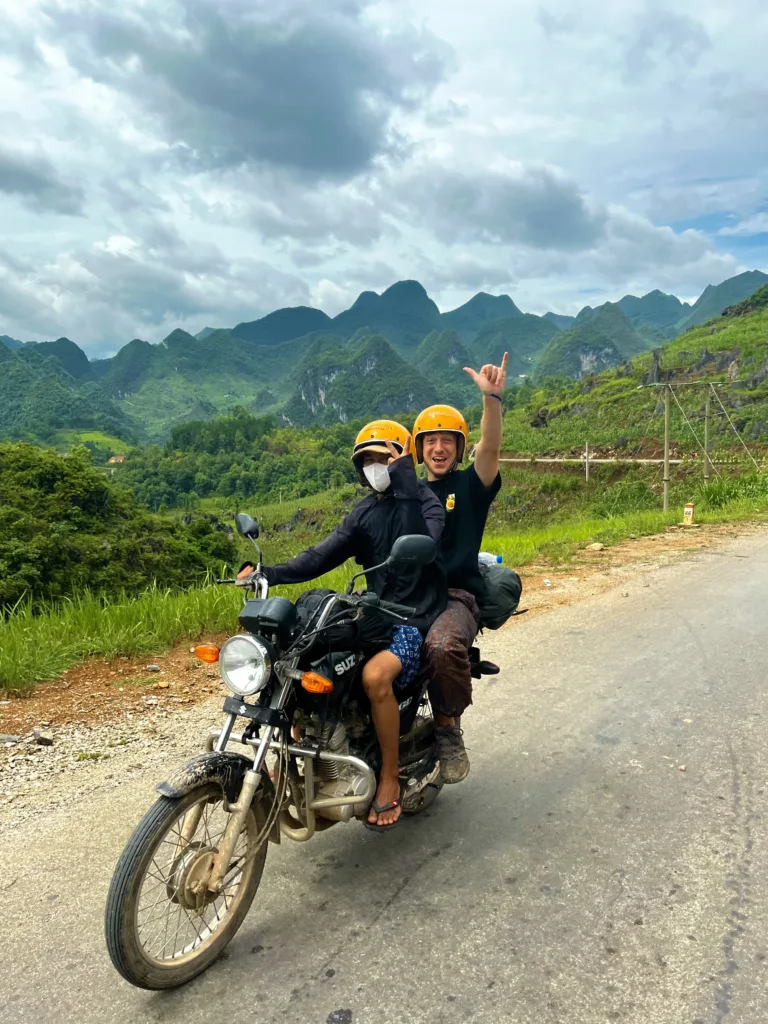Step into the land of the rising sun
Rich in its nature, culture, and geography, Japan is a nation that every traveller should strive to visit at least once. Their uniqueness makes the Japanese islands some of the most interesting, beautiful, and fulfilling countries you can visit as a world adventurer.
From Hokkaido’s snowy mountain peaks to the subtropical islands of Okinawa, the vastly varying climates and landscapes of Japan can transport you to other worlds in a matter of hours. Its mountainous terrain, combined with some of the most incredible metropolises in the world such as Tokyo and Osaka further showcase the impressive range that this country provides.
From world-famous food such as Sushi and Ramen, to rich cultural traditions that you’ll struggle to find anywhere else in the world, every day in this fascinating nation is unique for travellers. If you’re looking to escape from the norm and dive into a completely unfamiliar environment, Japan provides some of the best opportunities anywhere for you to try something you’ll likely have never tried before.
The Japanese people are excited to show you their country, culture, and cities. Your next story is waiting for you in Japan.

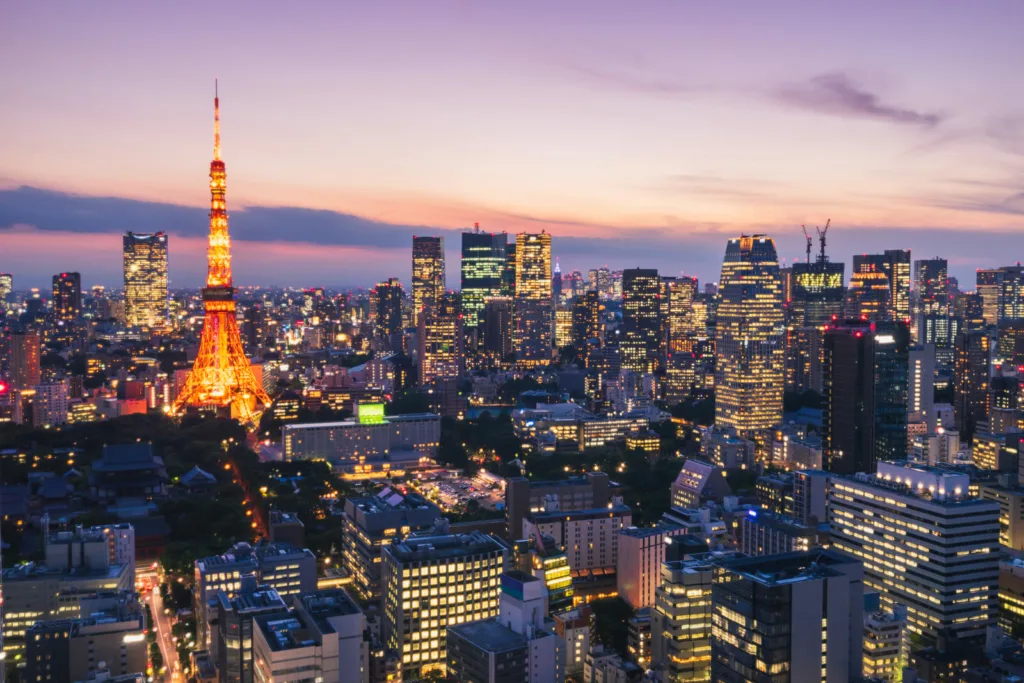
Tokyo
Osaka
Once the capital of Japan and the second-largest city in the country, Osaka is another example of bustling urban life on this Asian nation. If you can’t visit Tokyo or have been before, then Osaka is worth a visit to witness more of this fascinating country. With a long history, and plenty of landmarks to show it, Osaka is a great location for seeing more of Japan’s past. Be sure to visit Osaka Castle and Sumiyoshi Taisha Shrine.
On top of its rich history, Osaka is also renowned for its shopping, with markets, department stores, and shopping districts throughout the city. Be sure to visit some of the food markets while you’re here to sample some of the best fish and other seafood you’ll find anywhere in the world.
For the foodies out there, Osaka is home to some of the best restaurants and food vendors in the country. Be sure to check out takoyaki (octopus balls) and okonomiyaki (savoury pancakes) when you’re looking for something to eat! We personally recommend okonomiyaki – it’s super diverse when it comes to toppings and fillings. We couldn’t eat enough when we were visiting Osaka and Hiroshima.
Osaka is also served by the Shinkansen network, Japan’s famous bullet train, making stopping here convenient as you travel across the country.
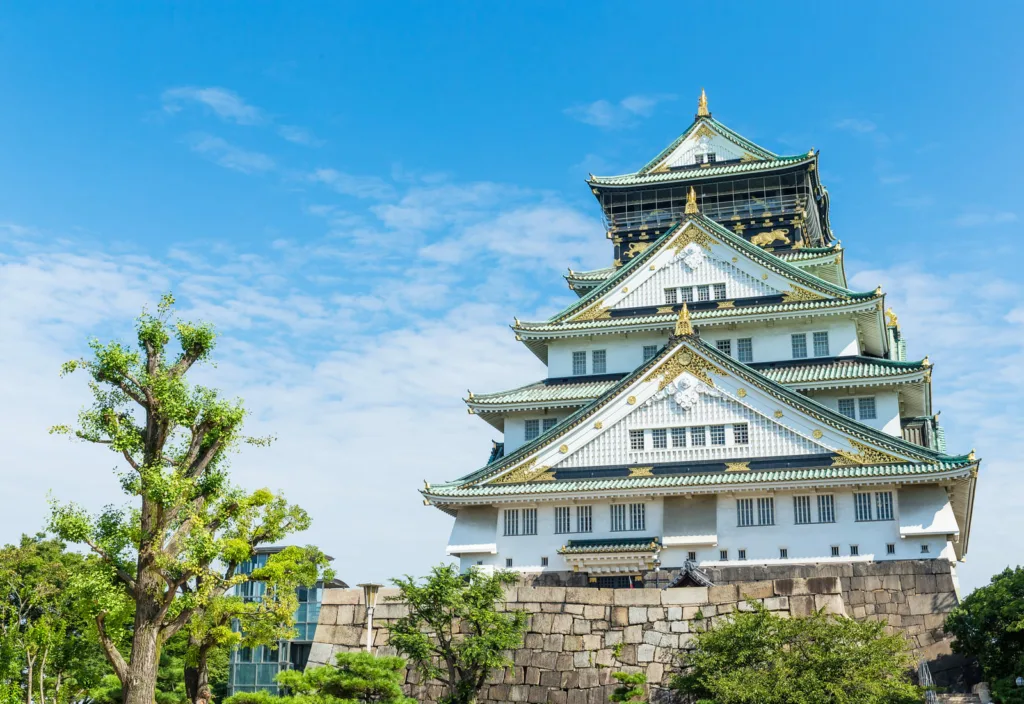
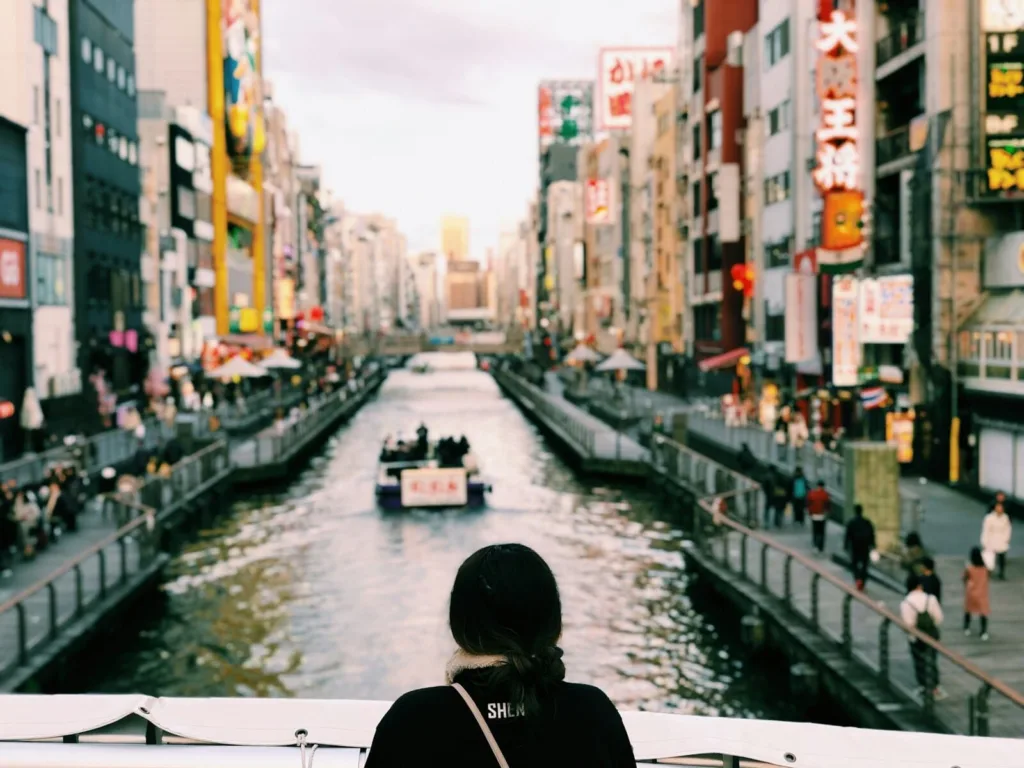
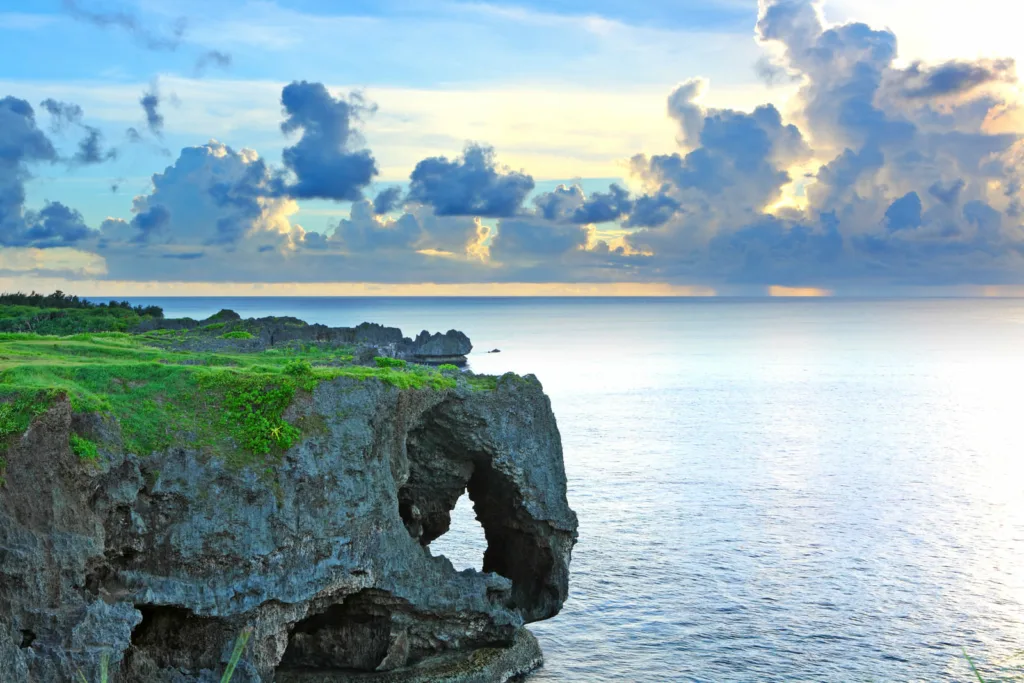
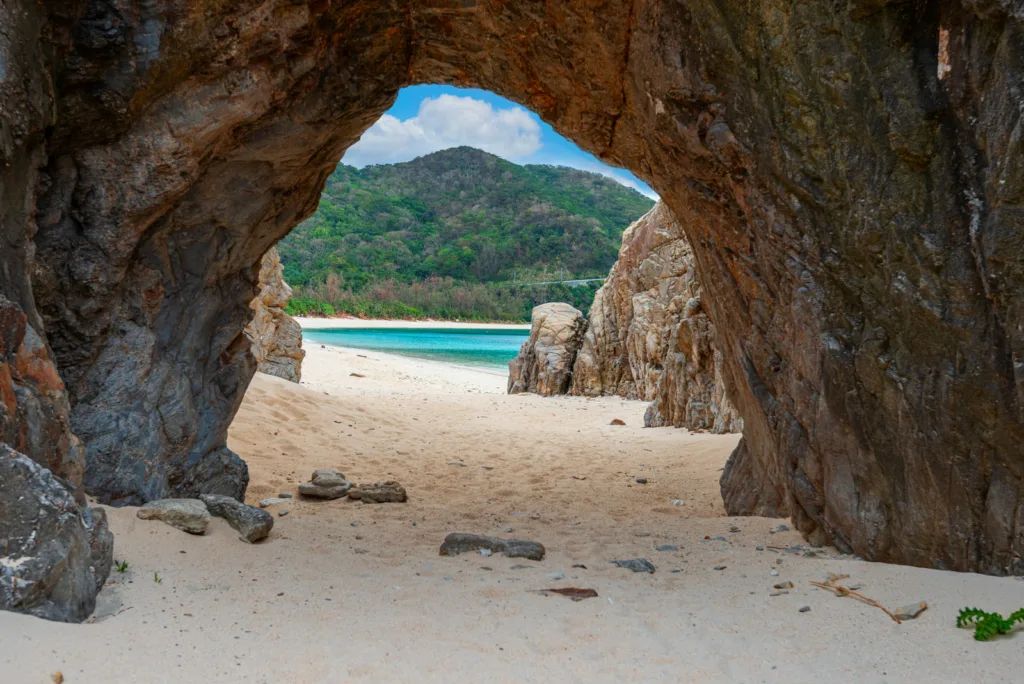
Okinawa
If you’re looking for a tropical paradise in Japan, Okinawa is where you want to go. Japan’s southernmost prefecture is made up of a collection of small islands renowned for their beautiful beaches, crystal clear waters, and reefs that make it the perfect destination for snorkelling and diving.
It’s not all about the beach though. With its rich cultural heritage, distinct dialect, and unique traditions, you might struggle to believe that this is still Japan! Home to World Heritage Sites like Shuri Castle and Sefa-utaki, a thriving traditional performing arts scene, and ancient towns and settlements, there’s plenty to see on Okinawa’s 160 islands.
While you’re here, be sure to sample some of the local cuisine, where the mild climate means fresh tropical fruit and vegetables are used in plenty of local dishes. We recommend trying Okinawa soba (noodles with purple sweet potatoes) and goya champuru (stir-fry dish made with bitter melon and other local produce).
Yakushima
If you’re a lover of nature and sub-tropical climates, then be sure to visit Yakushima, an island located just off Kyushu (The southernmost main island of Japan). This island has some of the most breath-taking panoramas you’ll find in Japan. The island is littered in thick ancient forests, home to a huge array of plant and animal life, including our personal favourite primate, the Yakushima macaque! Yakushima’s forests are also where you’ll find the yakusagi, also known as the ‘Japanese cedar’. These incredible trees can live for over 500 years, and some have even been known to live for more than 2,000!
The rugged terrain of Yakushima also makes it a hiker’s dream, with forest trails leading up to the highest peaks on the island. If you’re seeking stunning natural beauty and flora and fauna you won’t find anywhere else in the world, be sure to take a trip to Yakushima.
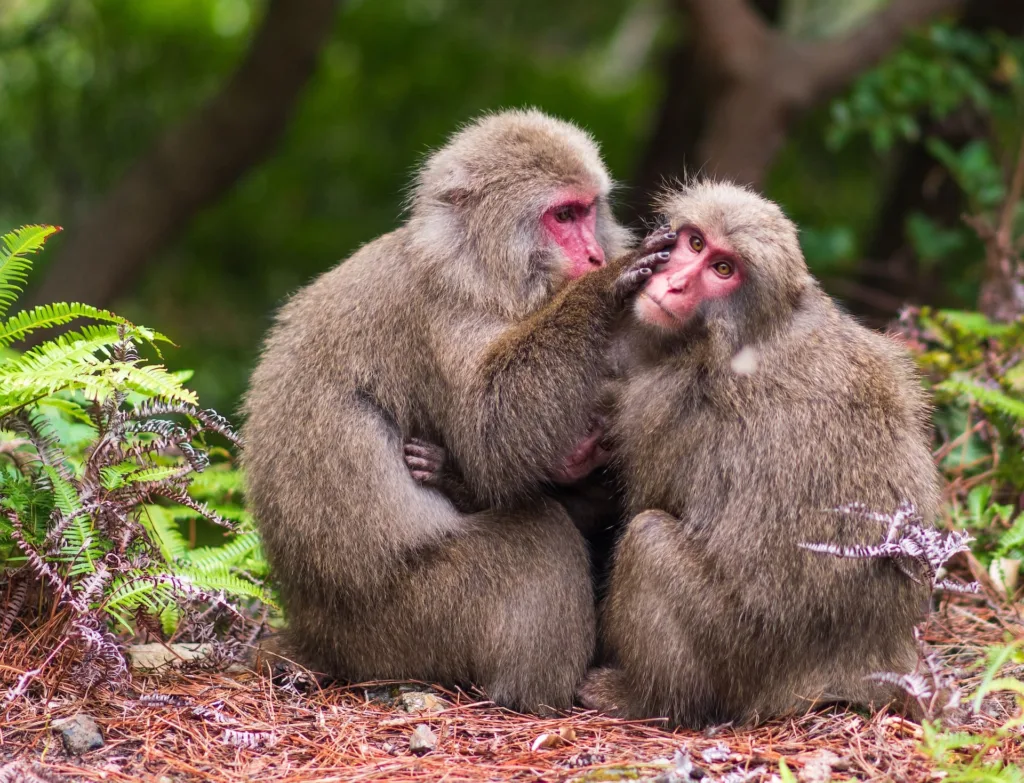

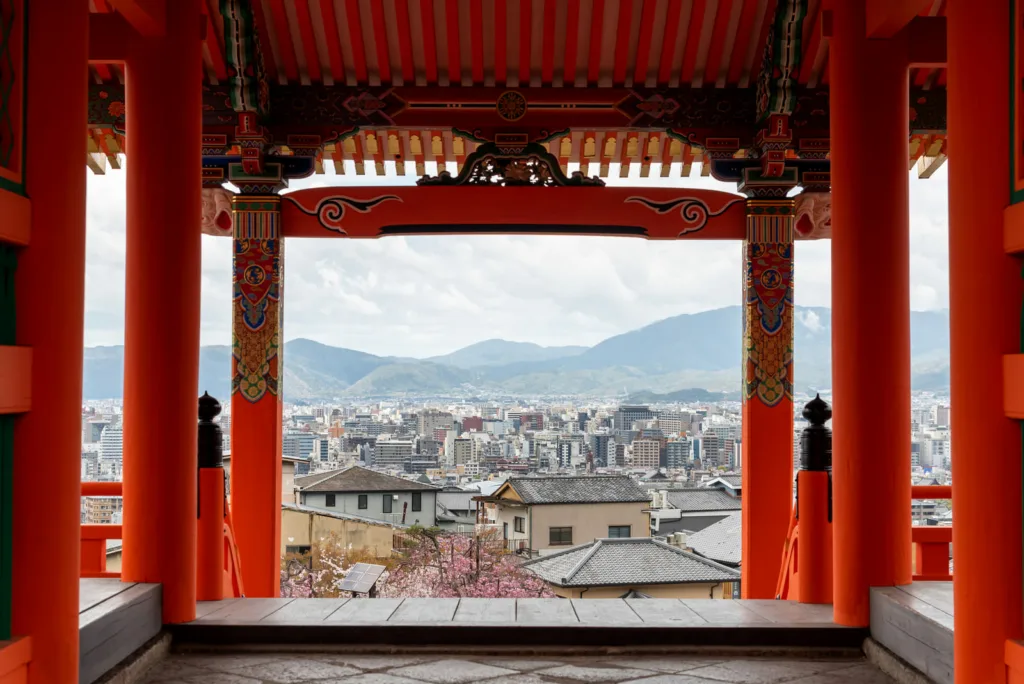
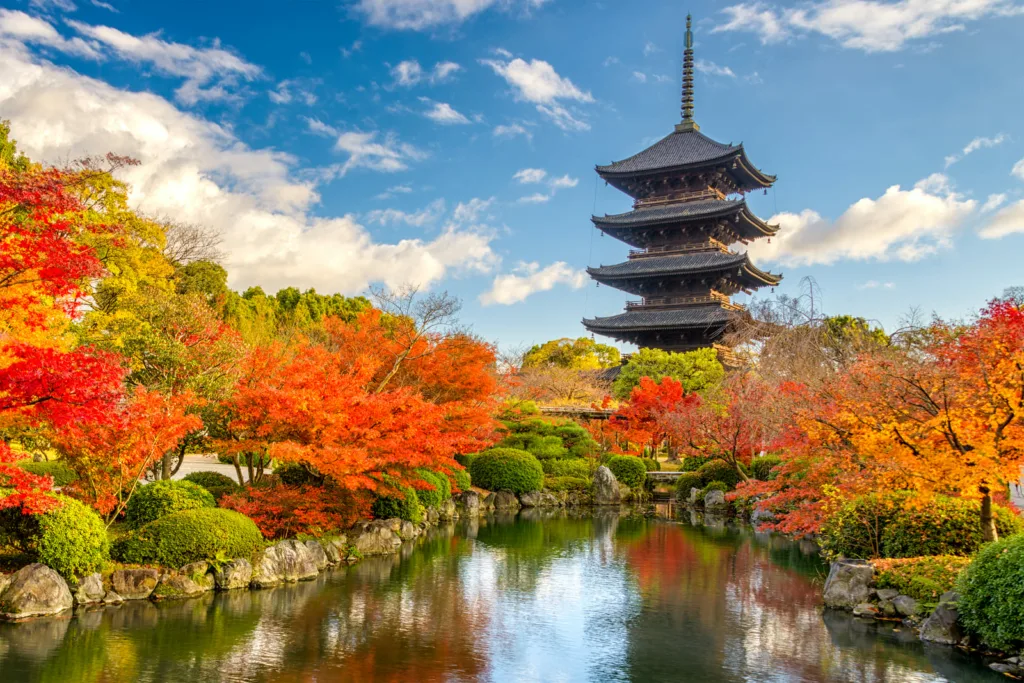
Kyoto
The former capital of Japan, Kyoto is a city teeming with ancient tradition mixed with the hallmarks of a modern metropolis. It’s a great blend to be part of, and is worth a visit for those looking to witness how much this nation has changed while still holding its traditions and customs dear.
While you’re in Kyoto, be sure to visit the iconic Kinkakuji Temple. We were taken away by how this incredible structure reflects the surrounding water in its gold leaf covered walls.
Walk the stone streets Gion District, the famous geisha district that gives you a taste of traditional Japanese living.
For those looking for something to eat, make sure to visit the many world-famous restaurants in the city, or pick up some sushi and noodles in the Shimogyo Ward.
A city that really feels like you’re seeing Japan at its most raw, Kyoto is a must-visit for anyone on a Japanese adventure.
Sapporo
Known for its snowy mountains, winter sports, and world-famous festivals and events, Sapporo is Japan’s prime location for cold weather lovers.
Rich culture, delicious food, and stunning natural surroundings make Sapporo a fantastic destination for those looking to get lost in a Japanese winter wonderland.
Sapporo is home to the Sapporo Snow Festival, an annual event held in February that attracts over two million visitors. Featuring elaborate snow and ice sculptures, music, entertainment, and delicious food, it’s a certainly unique but a wonderful experience to be part of.
Sapporo the city brings together a great mix of culture, food, and activities such as the beer museum, botanical gardens, and fantastic seafood to sample.
It’s a far cry from the tropical islands of Okinawa in terms of climate, but its cold winters and fantastic snow sports make Sapporo a worthwhile destination for those travelling to Japan in the winter.
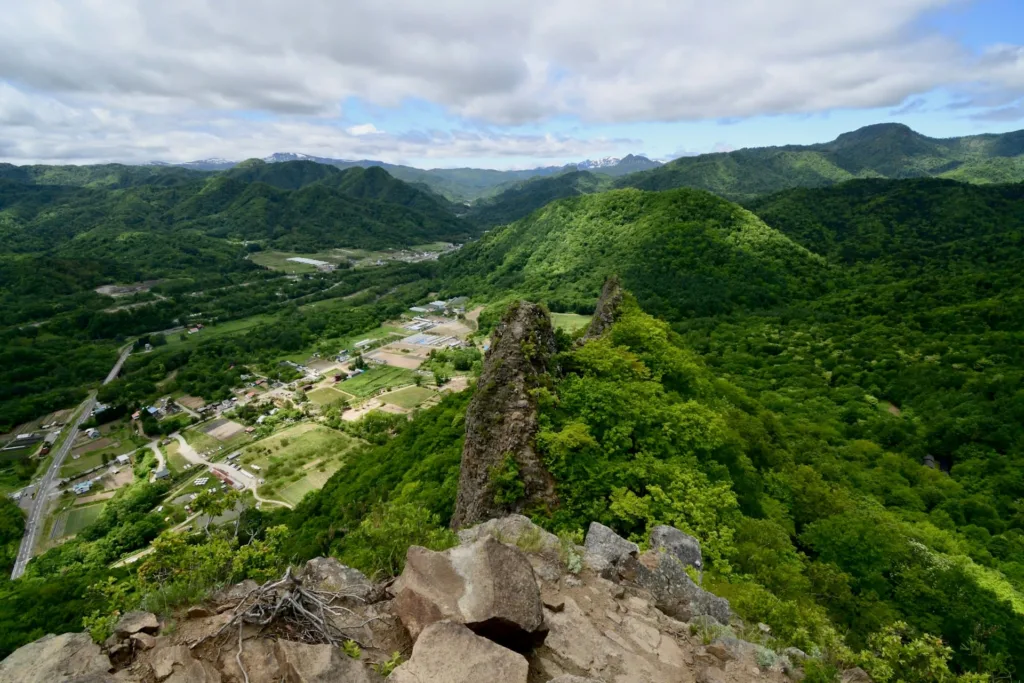
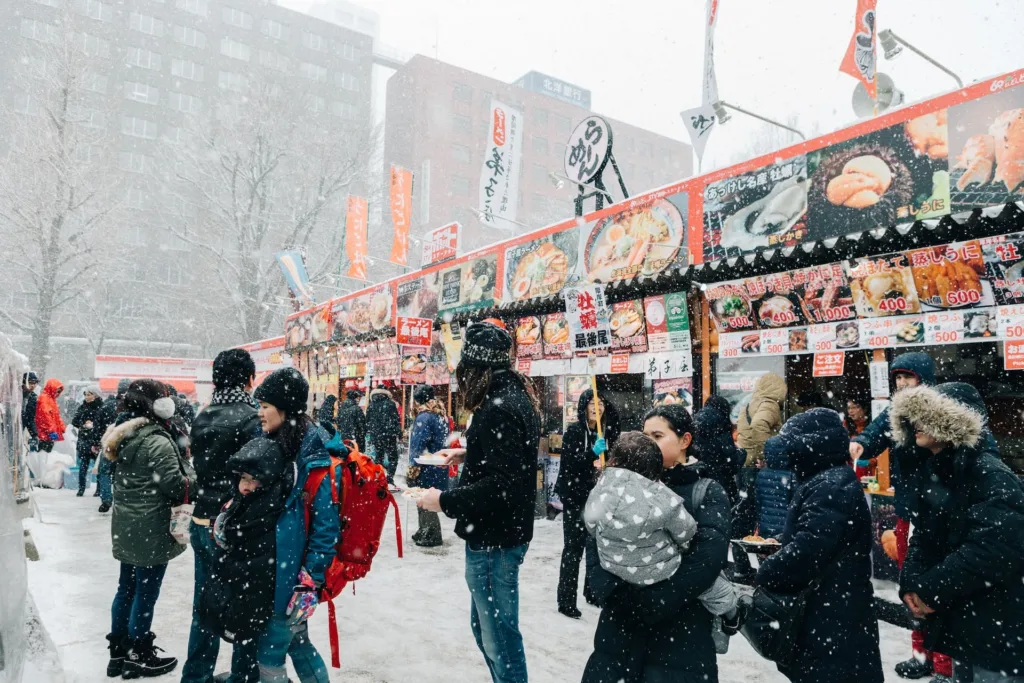
Nature
When you look at the natural beauty of Japan, one thing springs to mind: range. From the frozen mountains of Hokkaido to the sub-tropical islands of Okinawa, Japan hosts some of the most breath-taking and unique natural beauty in the world. The landscape really does change dramatically the more you travel through this incredible country. It’s not just the scenery that’ll steal your heart – Japan is also home to unique wildlife and flora in the sky, land, and sea. Bears and boars, cranes and eagles, dolphins and whales, the range we see in the landscape is mirrored in Japan’s animal life.
Culture
Japan’s rich history and culture comes through in practically every aspect of daily life in this fascinating country. You can expect to enjoy plenty of what this country has to offer during your trip. Be sure to sample delicious Japanese cuisine, visit the ancient temples and shrines, and take part in traditional activities like calligraphy and martial arts.
Transport
In Japan, public transportation is renowned for its effectiveness, punctuality, and cleanliness. The nation boasts a vast network of subways, buses, and trains that link urban and rural areas. The Shinkansen, or bullet train, is among the most effective and well-liked methods of getting throughout the nation. It’s renowned for being on time and provides high-speed service connecting major cities like Tokyo and Kyoto.
Tourists can easily travel around thanks to the fast and user-friendly subway systems in places like Tokyo and Osaka. For travel within cities, taxis and buses are almost always available and are super practical. The transportation network in Japan is highly developed, simple to use, and is one of the most dependable and safe anywhere in the world!
Accommodation
Traditional Japanese inns, known as ryokans, are available in Japan, as are modern hotels and hostels. Ryokans, with their traditional tatami mat floors, futon beds, and communal hot springs, provide a one-of-a-kind cultural experience. They also frequently serve traditional Japanese cuisine. Western-style hotels are available in most cities and provide a more familiar experience, whereas hostels are a more affordable option.
Capsule hotels, which are designed for brief stays, are also gaining popularity in Japan. Traditional Japanese guest rooms with futon bedding and tatami mat floors are available in some accommodations. For those seeking more private accommodations, Japan offers a wide range of vacation rentals such as apartments, villas, and even houses for rent.
We seriously recommend you stay in at least one ryokan during your trip – it’s a great way to truly immerse yourself in the culture.
Cuisine
Probably one of Japan’s most famous exports, sushi, is only one of the many incredible dishes you must sample during your stay in Japan. Japanese cuisine (washoku) is renowned for its focus on traditional cooking methods and use of fresh ingredients.
The food here uses a wide range of ingredients to create some of the tastiest dishes you can try anywhere in the world. You must try authentic sushi from a proper sushi bar while you’re visiting, as well as ramen, okonomiyaki (savoury pancakes) and the huge seafood offering you’ll find throughout the country.
Be sure to pick up some food from street vendors at markets and smaller establishments too! Some of the best food in Japan can be found at smaller, independent restaurants and stalls.
Tours
Guided city tours, which can take visitors to historical sites and cultural landmarks in cities such as Tokyo and Kyoto, are common in Japan. Many tour companies also organise day trips and excursions to nearby towns and villages, such as Nikko and Hiroshima, where you can learn about the region’s history and culture.
There are also tours for visitors who want to do specific activities like hiking, skiing, or hot spring bathing. It can be a little overwhelming arriving in a new country and not knowing what to do! We recommend tours if you want to be sure you don’t miss anything during your stay.
Visas and Entry Requirements
Entry to Japan is conditional on arriving with a passport and a visa (unless you’re from a country that is visa-exempt). Visas for tourists are typically for 90 days.
You will need to register your details with Japanese authorities before you fly. You can use the ‘Visit Japan Web‘ website to provide your details and generate a QR code which will allow you to “Fast Track” immigration and customs, avoiding you having to fill out a landing card. Neat!
Be sure to check whether you need a visa or any additional entry documents before travelling to Japan. It can vary from country to country.
Local Laws and Customs
There are a few important laws and customs you need to be aware of before travelling to Japan.
- Jaywalking is generally not tolerated in Japan.
- Japan has strict laws regarding disposing of waste. Littering is a crime and the penalties are severe.
- While attitudes are changing, tattoos are still associated with the yakuza (organized crime). Some places like onsen (hot springs) may have restrictions on individuals with tattoos
- Public drunkenness is frowned upon.
- Road laws are strictly enforced in Japan, so be sure to follow signs and road laws when driving in the country.
Safety
Japan is renowned for having a very low crime rate and for being very safe. Violent crime is uncommon, and it is normally safe to walk on the streets.
It’s typical for people to leave their homes and their bicycles unlocked. But as with anywhere, to secure yourself and your belongings, it’s still a good idea to be aware of your surroundings and take measures wherever you go. Drug use can result in harsh penalties in Japan due to the country’s strict drug laws. Japan is susceptible to natural disasters such as typhoons, earthquakes, and tsunamis. It’s a good idea to be aware of the risks and what to do in an emergency.
You can contact the police by dialling 110, and 119 to contact fire and ambulance services.
Hospitals in Japan are some of the best in the world, but be sure to travel with suitable travel health insurance when visiting.
RESPECT
Japan is a country steeped in rich culture and traditions, with loads of exciting places to explore and cultural experiences to take part in. With these traditions (and a culture which may be very different from what you’re used to), it’s essential to familiarise yourself with some basic etiquette that you’ll likely have to display to show respect to Japanese locals. Check out our full guide to being a respectful tourist in Japan.
Packing list
- Universal Adaptor, or Type-A/B plug adaptor (Japan’s grid operates at 100V)
- Waterproofs
- Layers for temperature changes
- Cash – a lot of places in Japan either don’t take card, or will refuse foreign cards
- Reusable water bottle (tap water is safe to drink)
- A translation app
- Cold Weather Clothing (for Winter Months)
- Travel Wallet
- Toothbrush Travel Cover
- Midge repellent
- Power Bank
- Packing Cubes (Suitcases)
- Caps and Hats
- Sunscreen
- A mask – people still wear masks in Japan, even though it’s not a legal requirement anymore
1
What's the best time of year to visit Japan?
This depends on what you want to do, but visiting in the spring (March-May) or autumn (September-November) are our recommendations. You can see the cherry blossoms in the spring and the autumn leaves later in the year, when Japan is at its most stunning. The weather is also milder and it tends to be cheaper to travel at these times of year.
2
Can I use card payments in Japan?
Cards are accepted in many places across the country. However, it’s a good idea to carry cash, as this is still the preferred way to pay for goods. You might also find a few places don’t accept foreign cards.
3
Should I tip in Japan?
Tipping is not expected in Japan, and may even be considered rude.
4
How do I get around in Japan?
Thanks to its extensive public transport system, as well as taxis and rental cars, getting around in Japan is easy!
5
What should I know about etiquette in Japan?
Japan’s customs may seem a little intimidating for western travellers. It’s a good idea to familiarise yourself with basic etiquette before visiting. Removing shoes, avoiding public displays of affection, bowing, and not talking on your phone on the train are just some of the customs you should be familiar with. Check out our guide to respectful tourism in Japan for more information!
6
Are there any traditional Japanese experiences I can take part in?
Of course! We recommend going to tea ceremonies, martial arts classes, shows, and calligraphy classes!
7
Can I drink the tap water in Japan?
Yes, tap water in Japan is fine to drink.
8
How do I stay connected in Japan?
Japan’s mobile networks are well-connected, and many places offer free Wi-Fi. You can pick up a prepaid SIM card while you’re visiting, or rent a WiFi box from one of many vendors found in larger cities.
9
What are some popular destinations in Japan?
Tokyo, Kyoto, Hiroshima, Mount Fuji, and Osaka should all be at the top of your list if you’re visiting Japan for the first time. They’re all easily accessible from each other and give you a great sense of Japanese life. But there’s a whole country to explore, so don’t just stick to the most popular places! Sometimes the best adventures are those a little off the beaten track…
10
Do I need a visa to enter Japan?
This depends on your nationality and length of your stay. 60 countries are currently exempt from requiring a visa for short stays (90 days), but you may need one for longer stays, or if you’re visiting from a country with a requirement for one.

